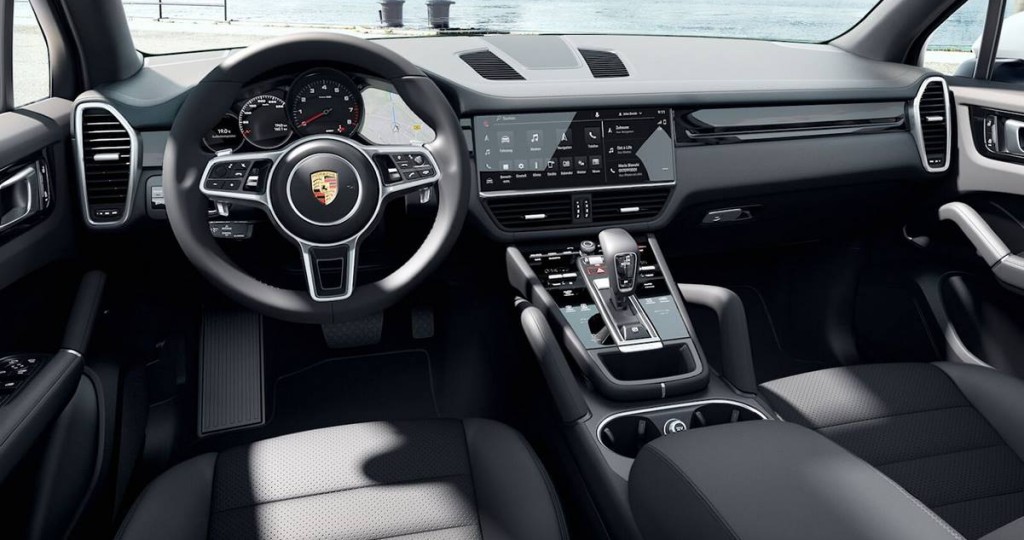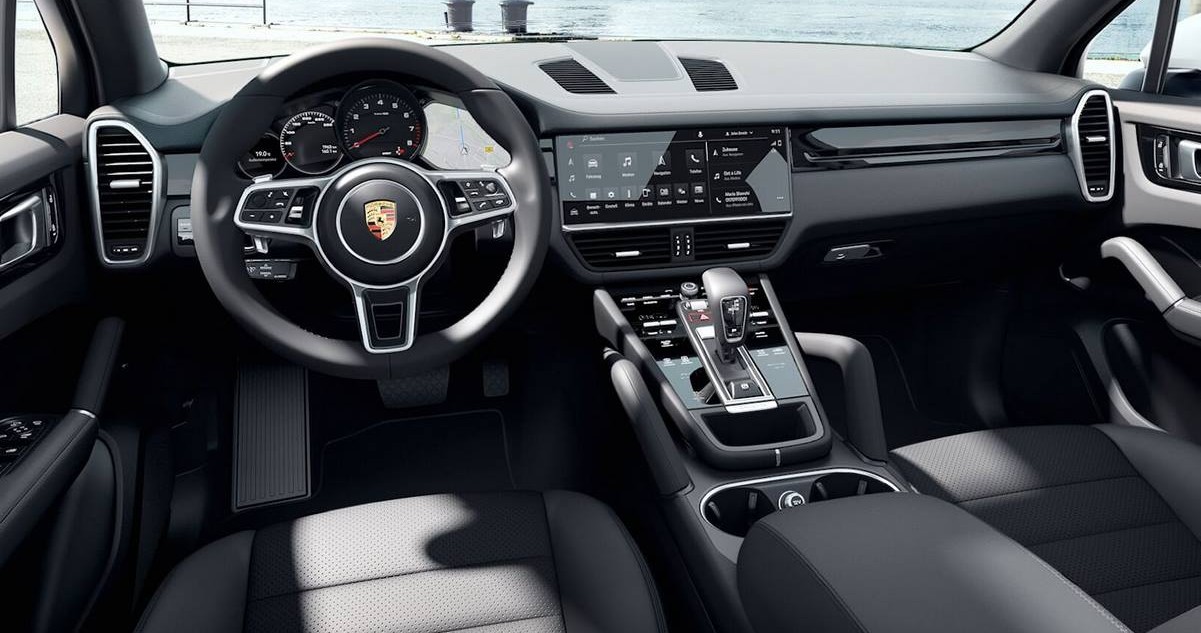
For the consumer who wants a simple dashboard of buttons and knobs inside their car, the kind that everyone used to have before the rise of touchscreens, a few automakers are turning back the calendar to the days of tactile controls after a steady eruption of consumer frustration.
As soon as smartphones became popular, the US Dept. of Transportation was publicizing information about the dangers of texting and driving. States also rapidly began passing laws that determined the fines for being caught texting and driving as well as slotting questions about the dangerous multitasking into driving exams.
Yet for all this, since 2010 automakers joined in unison in essentially mandating the use of iPads in our cars.
Despite what the name implies, a touchscreen relies entirely on the eyes to use owing to the lack of tactile feedback. As car makers began to take what was first just for the radio and nav tech and add more and more features, they became more and more dangerous to use in the car, while also becoming more and more necessary for anything other than a barebones driving experience.
Think this might be an overstatement?
The 2023 Porsche Cayenne pictured above came with a touchscreen dashboard, a touchscreen infotainment system as optional for the passenger seat as well, a touchscreen layout around the gear selector, and, if you can believe it, an optional set of touchscreens on the steering wheel itself.
Now, after mounting backlash against the touchscreens “spreading like rashes” across dashboards, Volkswagen and their subsidiary Porsche, along with Hyundai and Nissan, have all taken public stances about instrumenting the return of buttons and dials for a safer, more distraction-free cabin.
“We have used the physical buttons quite significantly the last few years,” said Sang Yup Lee, Head of Hyundai Design on the unveiling of the 2024 Hyundai Kona.
MORE TECHNOLOGY NEWS: EV Charging Answer: Quantum Technology Will Cut Time it Takes to Charge Electric Cars to Just 9 Seconds
“We will continue to have [physical dials],” he said, adding that when more autonomous driving is available, tablets will be necessary, “but until then, as I said, when it comes to driving it’s safest to have your eyes on the road and your hands on the wheel.”
Key to note is that neither General Motors nor Mercedes have any intention of backing away from the screens, with the latter actually going for 3 screens in a single cabin. General Motors meanwhile say their newer models will be incompatible with Apple Car Play and Android Auto—software that allow for a phone’s functions to be accessed on the car’s touch screen.
MORE CONSUMER NEWS: Flood of ‘Right to Repair’ Bills For Autos, Phones, and Tractors Equals DIY ‘Watershed Moment’
That will mean an entirely new learning process, which bodes ill for safety.
Consumer feedback works, and more moaning could potentially steer more auto firms towards making the right choice for safety—buttons and dials.





















Touchscreens are much cheaper for the manufacturers, vs a separate control device for each system. The other major problem with touchscreens other than safety is that they are susceptible to glitches that render all of the systems they control useless. I am glad to see that many manufacturers are getting away from them for many systems and going back to analog.